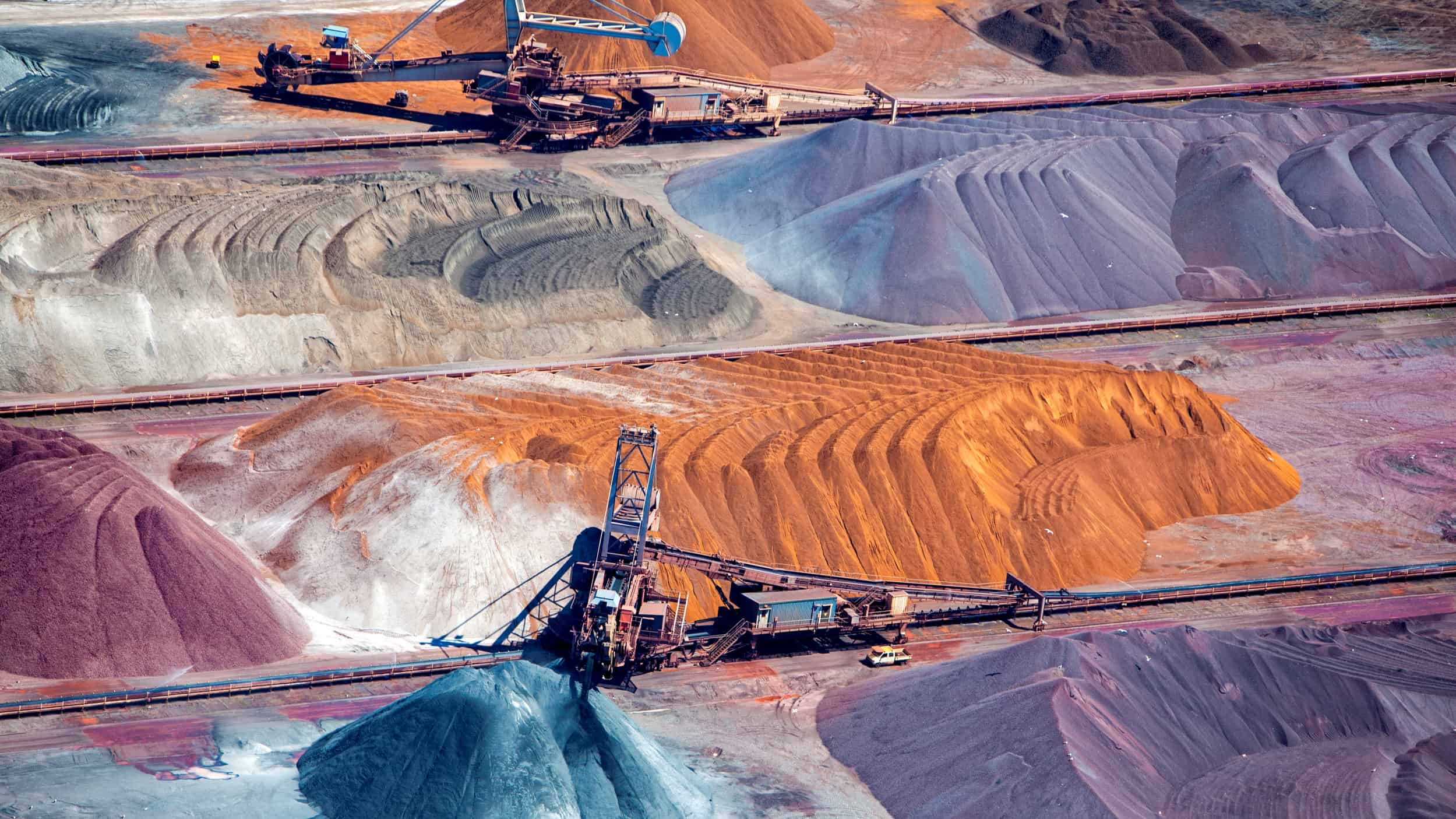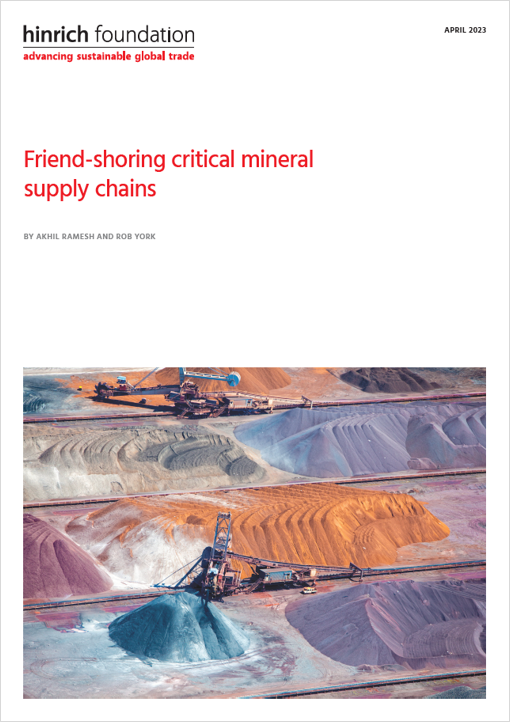Trade and technology
Friend-shoring critical mineral supply chains

Published 04 April 2023
Quietly and steadily, China has built up its dominance over critical minerals in the past two decades. As the world confronts climate change and brewing geopolitical tensions, the potential weaponization of such dependence is spurring the push to "friend-shore" critical mineral supply chains.
Critical minerals go beyond “rare earths”, constituting the key ingredients in a wide variety of high-end technologies that have become omnipresent in modern-day societies. The significance of these minerals has expanded in scope as nations work toward their green transition.
Over the last 20 years, China has become the leader in mining most and processing all major critical minerals. Given its rapid technological advancements and transition to clean energy sources, China’s demand for critical minerals soared. As a result, the Middle Kingdom exerts significant control over both upstream and downstream markets. In the long run, this dominance could impact innovation and impede global climate response.
In this study, Akhil Ramesh and Rob York of Pacific Forum map the supply chains of critical minerals, showing how China assumed a central role in harvesting and distributing them, and offer suggestions on how to diversify the industry. From the availability of critical minerals to the industrial capacity for processing in each economy, the authors conclude that Canada, Australia, and Chile present the most viable alternatives to re-shoring supply chains away from China in the Indo-Pacific region.
Download Friend-shoring critical mineral supply chains by Akhil Ramesh and Rob York:

Other papers in the friend-shoring series
© The Hinrich Foundation. See our website Terms and conditions for our copyright and reprint policy. All statements of fact and the views, conclusions and recommendations expressed in this publication are the sole responsibility of the author(s).
Author
Akhil Ramesh
Akhil Ramesh is a Senior Fellow at Pacific Forum where he conducts research on supply chains, East Asia, and topics at the intersection of security policy and trade policy in the broader Indo-Pacific region.
Have any feedback on this article?
Author
Rob York
Rob York is Director for Regional Affairs at Pacific Forum. He is responsible for editing Pacific Forum publications. Prior to joining Pacific Forum, Rob worked as a production editor at The South China Morning Post in Hong Kong.
Have any feedback on this article?
Related Articles

Friend-shoring pharmaceutical supply chains: The road to India
21 February 2023

The geopolitics of electric vehicles: techno-nationalism reshapes the automotive industry
03 November 2021

Friend-shoring pharmaceutical supply chains: The road to India
21 February 2023

The geopolitics of electric vehicles: techno-nationalism reshapes the automotive industry
03 November 2021

Friend-shoring pharmaceutical supply chains: The road to India
21 February 2023



